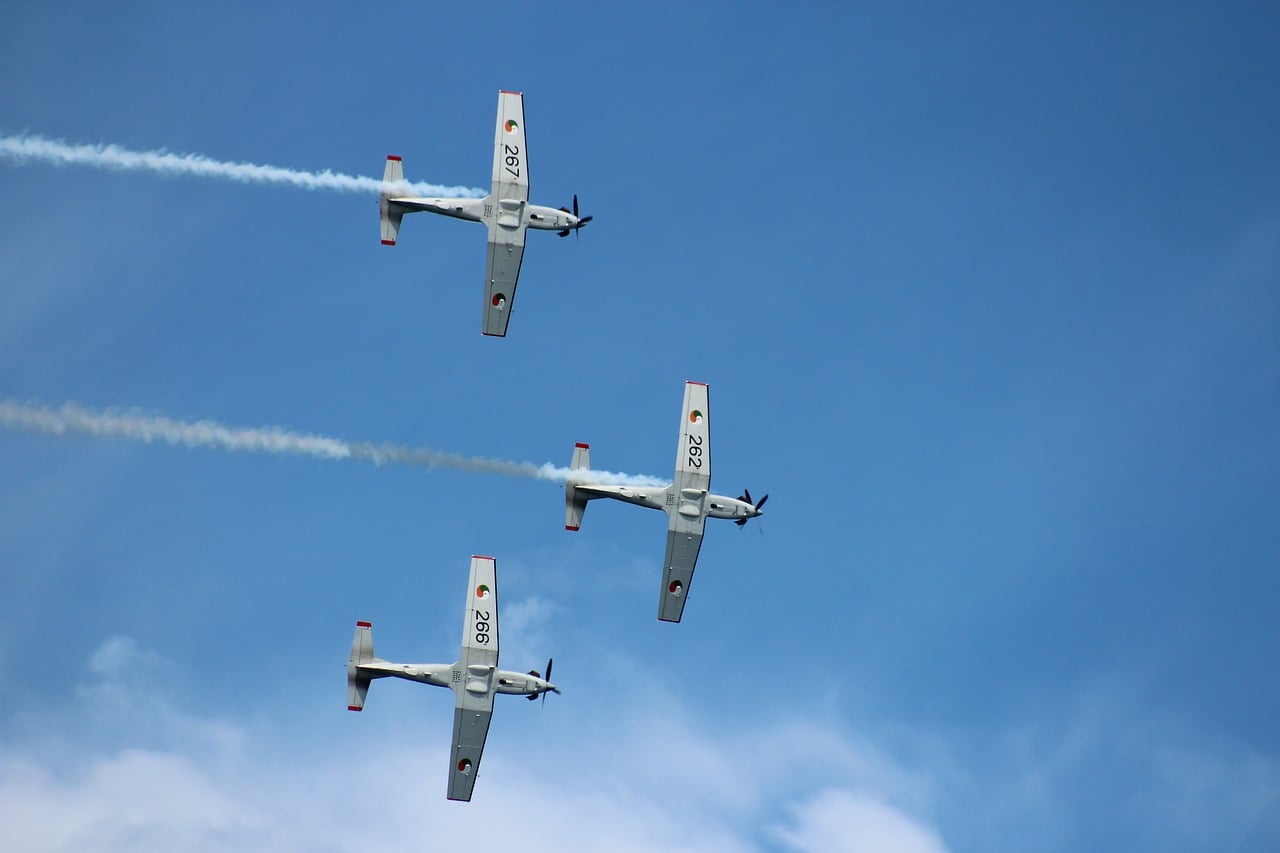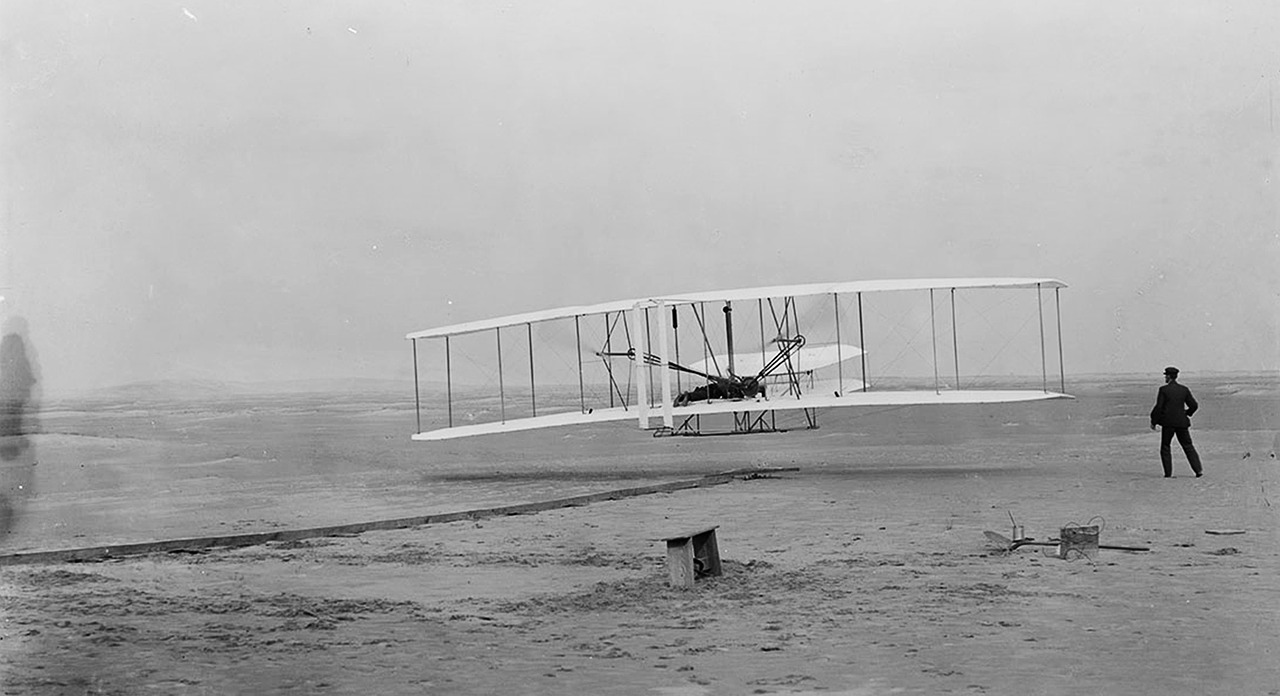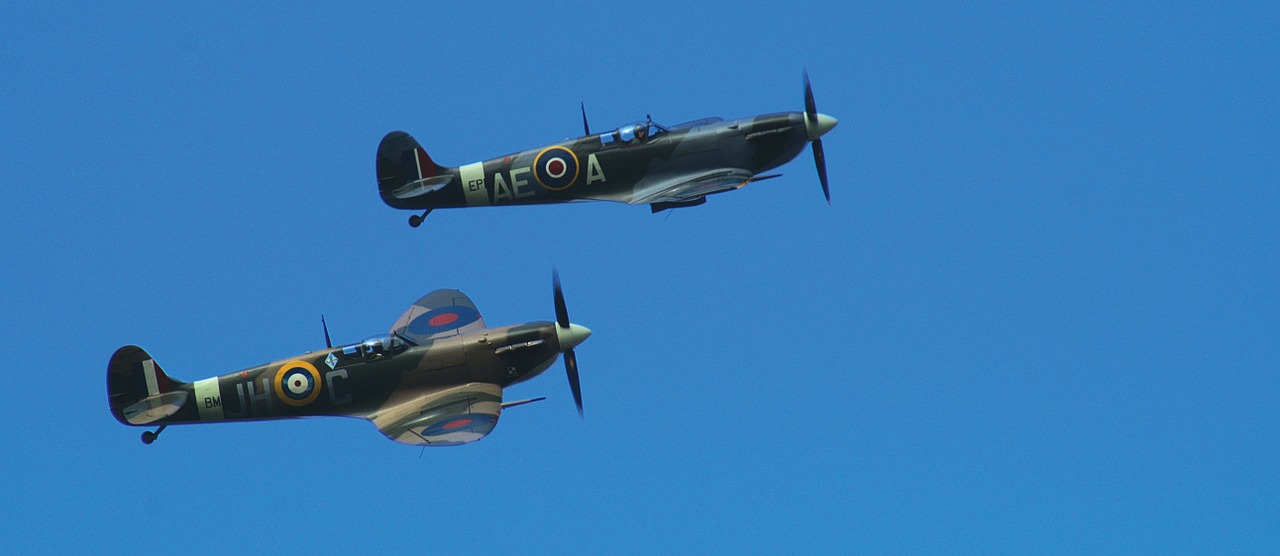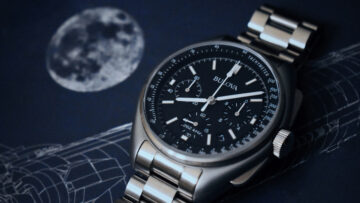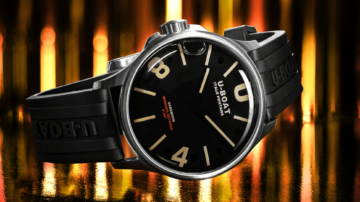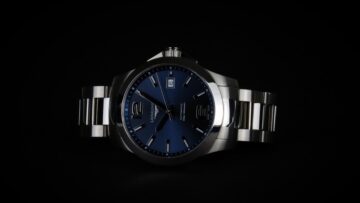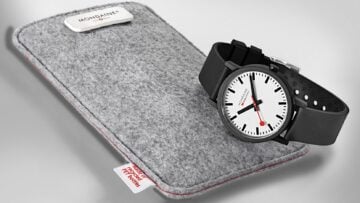Pilot watches are among a vast number of different watch styles that we see in the watch market today. They have a distinguished history which dates back to the early 20th century when aviation technology was also in its first steps of success. Today, pilot watches are easily recognised with their over sized features and design which was of course fit for the purpose of the first pilots in 1903. So, how did pilot watches make their mark in the watch industry?
The History of Pilot Watches
The history of pilot watches takes us back to 1904. It was a time when pocket watches were the height of horological fashion, however impractical for pilots at that time. The first heavy plane was built in 1903 and required pilots to have both hands in use whilst controlling the aircraft. Therefore, using a pocket watch was not a practical option.
The first powered flight took place in Europe in 1906 by aviation pioneer Alberto Santos-Dumont. He requested a timepiece that was easy to read and practical for pilots to use during flight. It took two years to create the timepiece and consisted of a large dial and leather strap that was able to fit around the pilots jacket, fastened with a buckle. It was this new design of watch which changed the watch industry and lead to the popularity of wristwatches among men.
It was in 1909 that pilot watches, more specifically Zenith watches, gained a significant step in the awareness of and use of pilot watches. In this year French aviator and engineer Louis Charles Joseph Blériot flew across the English channel wearing a Zenith pilot watch, becoming the first pilot to do so, his actions were known world wide.
The Evolution of Pilot Watches
The decades that followed this achievement saw further development in both the watch and aviation industry. As technology was progressing so were watch makers who eventually all started making their own version of pilot watches. The two world wars impacted both industries, especially the second world war which was fought mostly in the air which meant that the demand for pilot watches increased.
The evolution of pilot watches over those decades is still present in pilot watches today. Pilots in the world wars were often challenged due to poor conditions as well as bad lighting, which meant that watch makers needed to meet the demands of the conditions of the pilots. This lead to the rugged however functional design that pilot watches still have today. They designed the timepieces to have a simple layout which was easily read as well as luminous hands and markers for efficient timekeeping during the night or poor lighting conditions. The watch would also need to be in a place which was easily accessible so it was fitted with a long leather strap which would also fit around the pilots jacket.
After both world wars had ended the aviation industry took off both for commercial travel and private travel, therefore so did the demand for pilot watches. Both Rolex and Breitling became involved with aviation, Breitling introducing the iconic Navitimer in 1952. It had a number of uses not only being a timekeeper but used for navigation also. Rolex also released a watch with a specific benefit to pilots. In 1955, Rolex designed and created the GMT-Master model which enabled pilots timekeeping across more than one timezone.
Here is a look at Breitling‘s Navitimer from 2017:
Pilot Watches Today
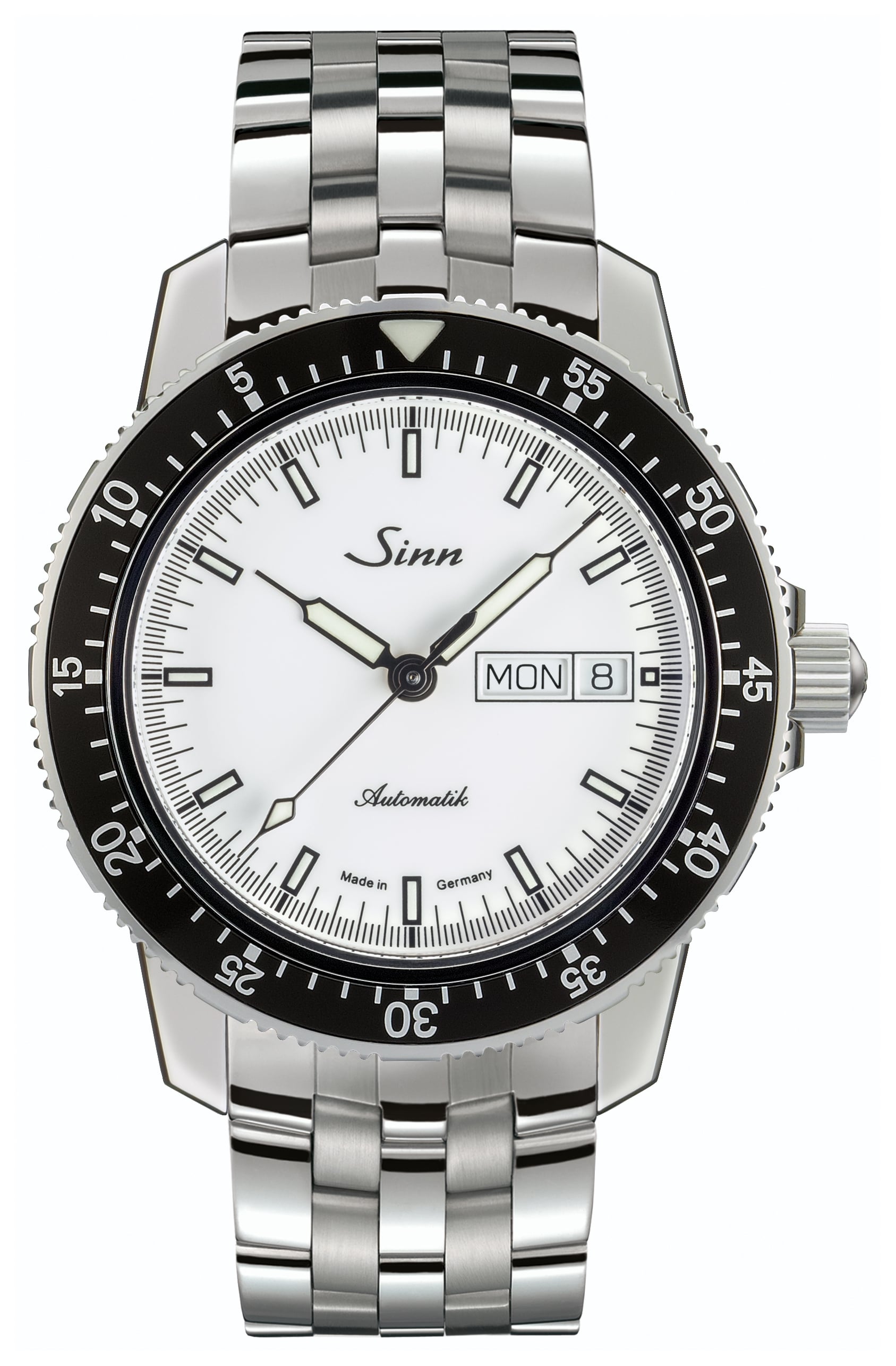 Of course pilot watches still make up a large proportion of the watch industry, the evolution from the pocket watch to the wristwatch is connected the first pilot watches that were made. We can still see resemblance in pilot watches and their design today and how it is still inspired by the original designs of the world wars. Characteristic functions of pilot watches such as the clear and simple dial along with luminous hands and markers can be seen in models from iconic brands such as Sinn and their 104 St Sa I W Classic Pilot Watch.
Of course pilot watches still make up a large proportion of the watch industry, the evolution from the pocket watch to the wristwatch is connected the first pilot watches that were made. We can still see resemblance in pilot watches and their design today and how it is still inspired by the original designs of the world wars. Characteristic functions of pilot watches such as the clear and simple dial along with luminous hands and markers can be seen in models from iconic brands such as Sinn and their 104 St Sa I W Classic Pilot Watch.
With ever growing technology of the aviation industry it could be argued that the demand for pilot watches is not as present as it was 73 years ago. Now there are better aircraft’s, conditions and lighting meaning that some of the iconic functions of a pilot watch are out dated. It could be said that any watch worn by a pilot can be considered as a pilot watch, however, pilot watches as we known them today are a representation of the watch industries progress as well as history.
If you are interested in owning a pilot watch for yourself or are indeed a pilot looking for an iconic pilot watch to take across you career then we have several different models available on our website, for more information or to take a look at our selection click here.
If you enjoyed this blog post of have any questions on the history of pilot watches then leave us a comment below or contact us via our website, via phone or alternatively visit us in store. Our watch shop can be found on the Kenilworth high street based in the height of Warwickshire.

